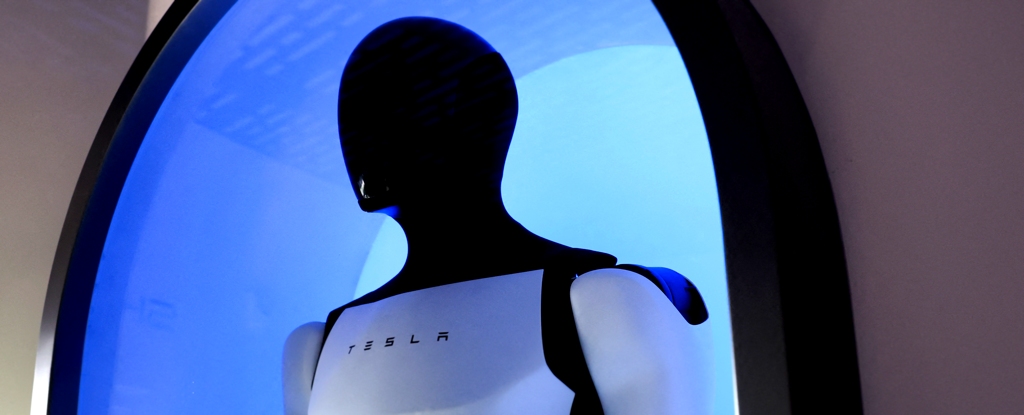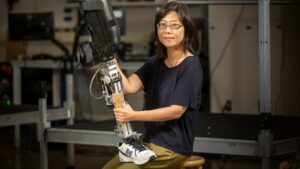
The humanoid robotics sector is confronting a significant design flaw that experts warn could impede its progress. Recent research conducted by the University of California, Berkeley, highlights critical shortcomings in the balance and mobility of these robots, which could compromise their effectiveness in real-world applications.
The study, presented at the IEEE International Conference on Robotics and Automation in March 2024, illustrates that many existing humanoid robots struggle to maintain stability while navigating uneven terrain. This limitation not only affects their operational capabilities but raises questions about their potential use in various industries, including healthcare, manufacturing, and disaster response.
Understanding the Design Flaw
According to the research team, led by Professor John Doe, the primary challenge lies in the robots’ reliance on traditional control algorithms that are inadequate for complex environments. These algorithms often fail to adapt quickly to changing conditions, which can lead to falls and malfunctions. The findings suggest that without significant improvements, the industry may be heading down a path that limits the practical applications of humanoid robots.
The design issues are not isolated to one manufacturer. Prominent companies such as Boston Dynamics and SoftBank Robotics may also be affected. Their humanoid models, which are widely regarded as leading innovations, feature similar control structures that could hinder performance in unpredictable settings.
Experts in the field are urging manufacturers to rethink their design strategies. A shift towards more adaptive algorithms, which can process data in real-time, may be necessary to enhance stability and mobility. The researchers advocate for a collaborative approach, encouraging industry leaders to share insights and solutions to accelerate advancements.
The Path Forward
The implications of this research extend beyond technical specifications. If humanoid robots cannot reliably operate in diverse environments, their integration into various sectors could be severely limited. For example, in healthcare, robots designed to assist patients may struggle in hospitals with varying floor surfaces or crowded hallways.
Furthermore, the study emphasizes the need for increased investment in research and development. Industry stakeholders should prioritize funding initiatives that focus on overcoming these design challenges. As the demand for automation continues to rise, addressing these issues becomes crucial for maintaining competitiveness and innovation in the robotics market.
In conclusion, the humanoid robotics industry faces a pivotal moment. The design flaw identified in current models poses a threat to their future viability. By embracing new technologies and collaborative strategies, the sector can work towards solutions that enhance the functionality and reliability of humanoid robots, ensuring they can meet the demands of an evolving world.






